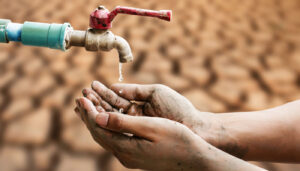As a smart utility, there are undoubtedly many key performance indicators (KPI) that you’re already tracking in terms of your DMA performance, to measure efficiency and compare with your goals.
But there are two values that are often overlooked, that are key to developing effective strategies for proper non-revenue water (NRW) management, and prioritizing activities. And they are Technical Efficiency and Infrastructure Leakage Index.
Technical Efficiency represents a gross estimation of the percentage of the total water supplied to a sector over a specific period of time, that is not wasted as losses (apparent + physical). While the Infrastructure Leakage Index, proposed by the International Water Association, is a unit-less performance indicator of real (physical) water loss from the supply network.
Each reveals important information about the status and trends in your water network. The first one is relatively simple to ascertain, and the second one is more complex, but both are well within the capabilities of any utility.
By understanding these KPIs over time, with the right calculations, and the consistent visibility provided by the TaKaDu CEM, utilities can significantly improve prioritization activities in the field, better plan campaigns, better detect hidden leaks, and reduce overall water loss.
To help utilities optimize these valuable KPIs, we’ve written an in-depth article covering:
- The formula for calculating Technical Efficiency and Infrastructure Leakage Index
- Practical illustrations of how these calculations work – from real utility logs – including the insights revealed
- Benefits and limits of each KPI
- Concrete examples of activities that can be improved (and how) by regularly tracking your Technical Efficiency and Infrastructure Leakage Index
For all the details, including tips and a succinct walk-through of all the steps involved, we welcome you to download our latest article in full. It’s a great way to get more out of your CEM, but more importantly, your water network.




